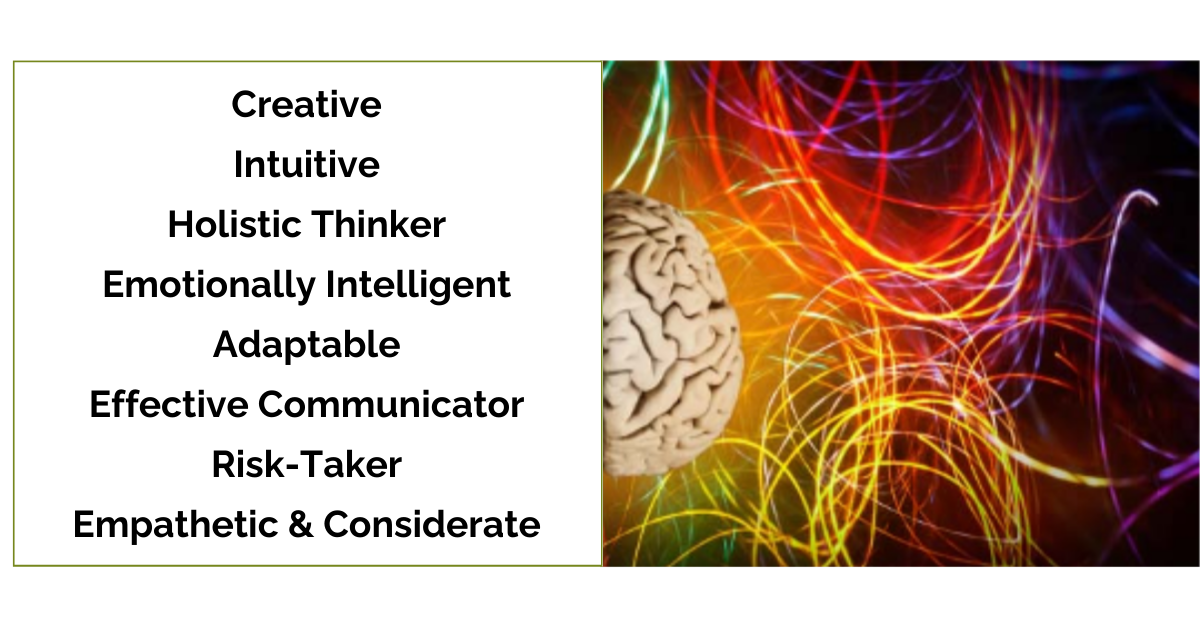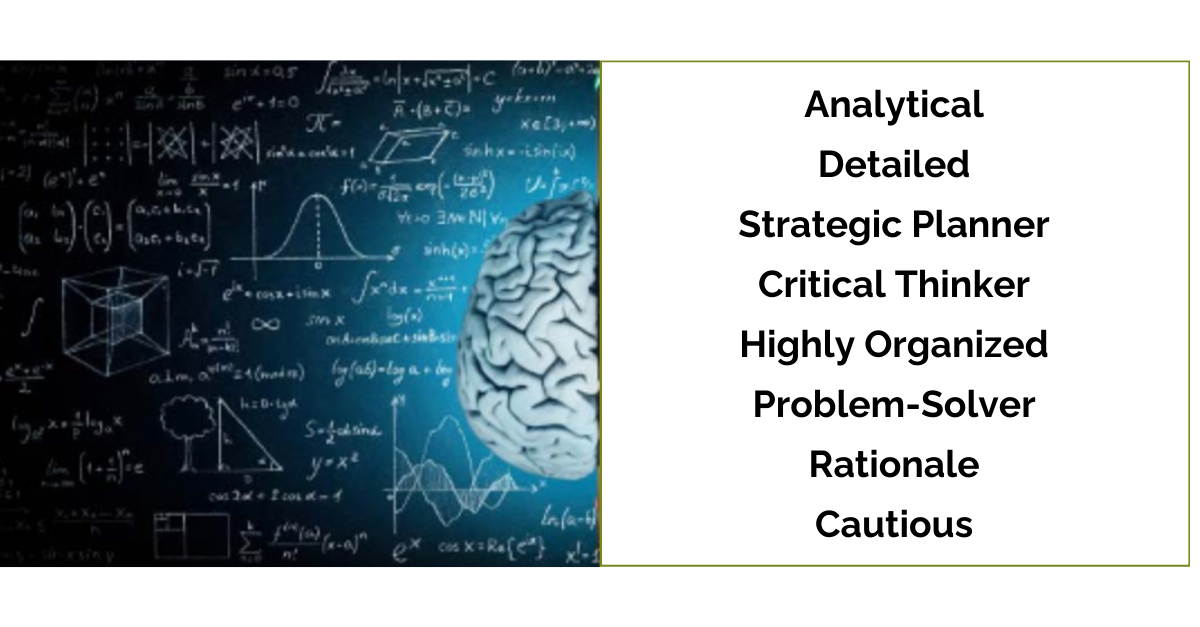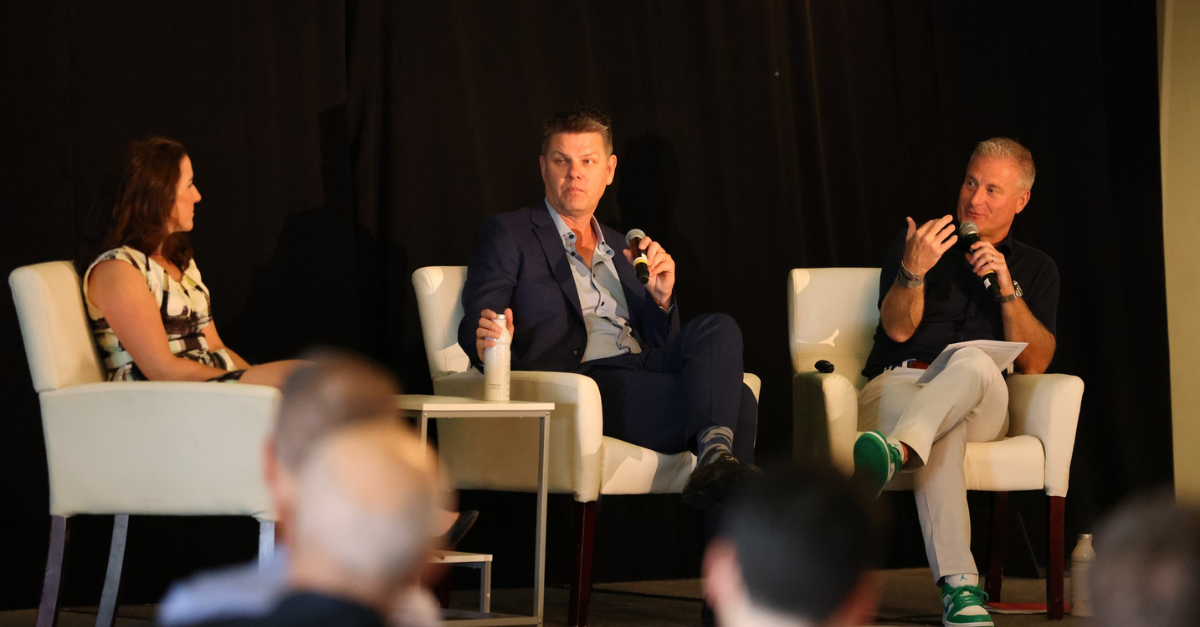On the final day of our Annual CEO Summit, I had the pleasure of sitting down with two leadership and team building experts for a fireside chat about how CEOs of growth stage companies can use data to be better people and organizational leaders. Eric Walczykowski, CEO of Bespoke Partners, is a proven growth executive keen on helping teams overcome adversity to reach the highest levels of performance. Julie Moore, Director of YSC Consulting, now part of Accenture (and alumna of what she believes is the “only” USC), is passionate about helping leaders and teams amplify their impact through targeted management consulting. Both guests’ perspectives challenged our CEOs to think critically about building and improving their teams.
Most leaders, including yours truly, value your intuition and take pride in your ability to “trust your gut”. If this is the case, it may be difficult for you to grasp the role of data in decision making, especially when it comes to building teams.
You have probably heard our teams say, “people first, playbooks second”. It’s more than just a mantra; this philosophy underscores everything we do from investment to value creation. Playbooks are only as good as the people running the plays. Building people-first businesses requires more than a “gut feeling”; today, we’re seeing data play an increasingly important role in this process. So how do the two work together?
The “Paradox” Between Intuition and Data
Think of the paradox of your gut and data the way you may describe yourself as being either a left- or a right-brain person. It’s not much of a paradox at all. Julie Moore asked our audience whether they thought of themselves as left-brained — someone who primarily uses logic and analytical reasoning to make decisions — or right-brained — being a more creative or intuitive decision maker. Moore explained that we use both left and right sides of our brains, and our decision making is more integrated than we think. We misguidedly state preferences of one over the other when left and right brain — data and intuition — are integrated and finding the right balance is the key to making the best decisions.
Right Brain

Left Brain

This means that both are crucial to effective leadership and hiring the best talent from recruitment, retainment, coaching/development, or mentorship. It's thought that the further you are along your leadership journey, the more you rely on intuition; however, this ability to “trust your gut” is developed from years of experience and pattern recognition or, in other words, data. As our experts pointed out, data need not take precedence over gut, but data provides guardrails for intuitive decision making. That’s where behavioral assessments come in.
The Power of Behavioral Assessments
Over the last few years, the professional landscape has been inundated with behavioral assessments. You’ve probably taken one or more: DISC, Myers-Briggs, Enneagram, MBTI, Hogan or CCAT. These assessments are intended to provide supplemental data for both individual and team development, which is why we should use them during interview processes and during a team member’s tenure.
I’ll be the first to admit that I was a skeptic regarding these tests. However, after I took the Hogan assessment, I quickly grew to appreciate the value of understanding my individual behaviors and using these insights to drive more productive interactions between team members by being more aware of myself. For example, I’ve always prided myself on being a largely unfiltered, authentic leader. My Hogan scores made me realize the importance of having people on my team to balance these traits — people who will ensure I am not too unfiltered.
This points to what is perhaps the greatest value-add of assessments like the Hogan. The greatest teams are not made up of clones; they consist of people with different experiences, expectations, and perspectives. Behavioral assessments help us figure out how to interact and manage diverse teams so that we benefit from our differences as opposed to being held back by them. These tests do not decide who we are — surely, you know yourself intuitively more than a test does — but they help us understand ourselves within the context of our team and put words to our unique wiring.
While I still like to think of myself as an intuitive leader, I now understand how years of both conscious and subconscious data collection have made me so. Building and sustaining effective teams requires us to leverage both intuition and data, to trust our gut and seek out external evidence to back it up. Don’t fall into the “either/or” — learn to leverage the “both/and” when making decisions from hiring to interacting with your team.


